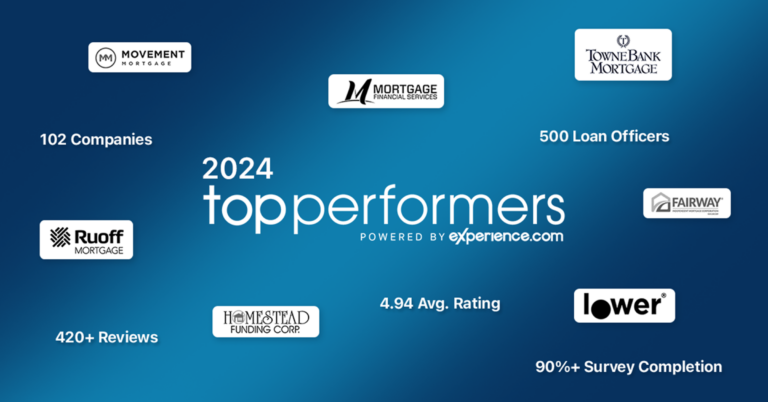Originally published on Forbes.com
Far too often, companies view CX, or customer experience, the way they view core values or company culture. Goals are just buzzwords or talking points for executives—lofty, aspirational ideals that, although they sound nice on the website and in bold letters on the boardroom walls, have little practical relevance to employees as they go about their day-to-day roles. The problem is that for many, the idea of CX is aspirational, versus genuine. How can that be changed?
First and foremost, CX is more than a strategy. It must be baked into the culture. And, therefore it starts by thinking of the employee experience, also known as EX.
I had a chance to sit down for an interview with Scott Harris, CEO and founder of Experience.com, on a recent Amazing Business Radio show. He shared some great ideas on how to improve the customer experience, and why the important shift from passive CX to active, or real-time, CX led to his recent acquisition of the domain Experience.com as a home for his new experience management platform. As usual, I’ll share the comment followed by my thoughts.
One of the biggest mistakes leaders make when it comes to CX is (not understanding) that the employee experience is at the heart of all customer experiences.
Separating the two is impossible. If you don’t invite employees to become active participants in CX, it’s almost impossible to get it right. It’s always been my belief, and you know this if you’ve been following my work, that what happens on the inside of an organization is felt on the outside by its customers. A great place to start putting this into action is with my Employee Golden Rule concept, which is to treat employees the way you want the customer to be treated. It’s that simple.
While Net Promoter Score (NPS) is a great measurement of the customer’s likelihood to recommend a company, it doesn’t measure something specific in the customer’s journey, like an interaction with an employee.
While I agree with this, also know that I’m a big NPS fan when it’s used the right way. NPS is usually about the customer’s overall sentiment of experience unless you get very specific with the question, such as basing it on a recent support call. The question becomes about what you want to measure. Is the customer willing to recommend your company in general, or are they willing to recommend based on an isolated experience? The answers give you completely different data points. There may be better ways to measure specific interactions that help you gain insights into points along the customer’s journey that need to be improved. And that brings us to our next idea …
Traditional CX surveys come from asking customers for feedback so that you can try to be better for different customers in the future.
Consider this. Most surveys are done after the experience. Even if it’s the next day—or even sooner—they are still surveying a memory. What intrigued me about this platform is its focus on surveys in the moment. Experience.com empowers brands and their employees to react to customer experiences in real time. Harris says, “Experiences are happening right now, and companies are evolving to systems and processes that allow them to react and improve the customer’s experience in real time.” Here’s a simple example. You check into a hotel and go to your room. Two minutes after entering the room you receive a text message that asks if you are happy with the room and if you need anything. Maybe you noticed towels were missing in the bathroom. You text back and within minutes someone from the housekeeping department shows up with towels. You’ve just remedied the problem in real time. That’s far better than receiving a survey the day after you checked out asking how you liked your room. Your response might have been, “It was fine, but it would have been nice to have more towels.”
My big takeaways from Harris’s comments are worth discussing with your teams:
- If you want your CX to be successful, you’ve got to make it matter to your employees and give them meaningful ownership of the experience. So, what’s the first step to making that happen?
- If you aren’t collecting and acting on customer feedback in real time, you aren’t shaping outcomes for those customers—you’re shaping outcomes for future customers. Are your surveys about your customers’ memories, or can you survey them in real time to give them the experience they deserve in the moment?
Written by Shep Hyken for Forbes.com. Shep is the Chief Amazement Officer at Shepard Presentations. As a customer service and experience expert, he helps organizations create amazing customer and employee experiences. His books have appeared on bestseller lists including the New York Times, Wall Street Journal, USA Today and others. In 2008 the National Speakers Association inducted him into their Hall-of-Fame for lifetime achievement in the professional speaking industry.











